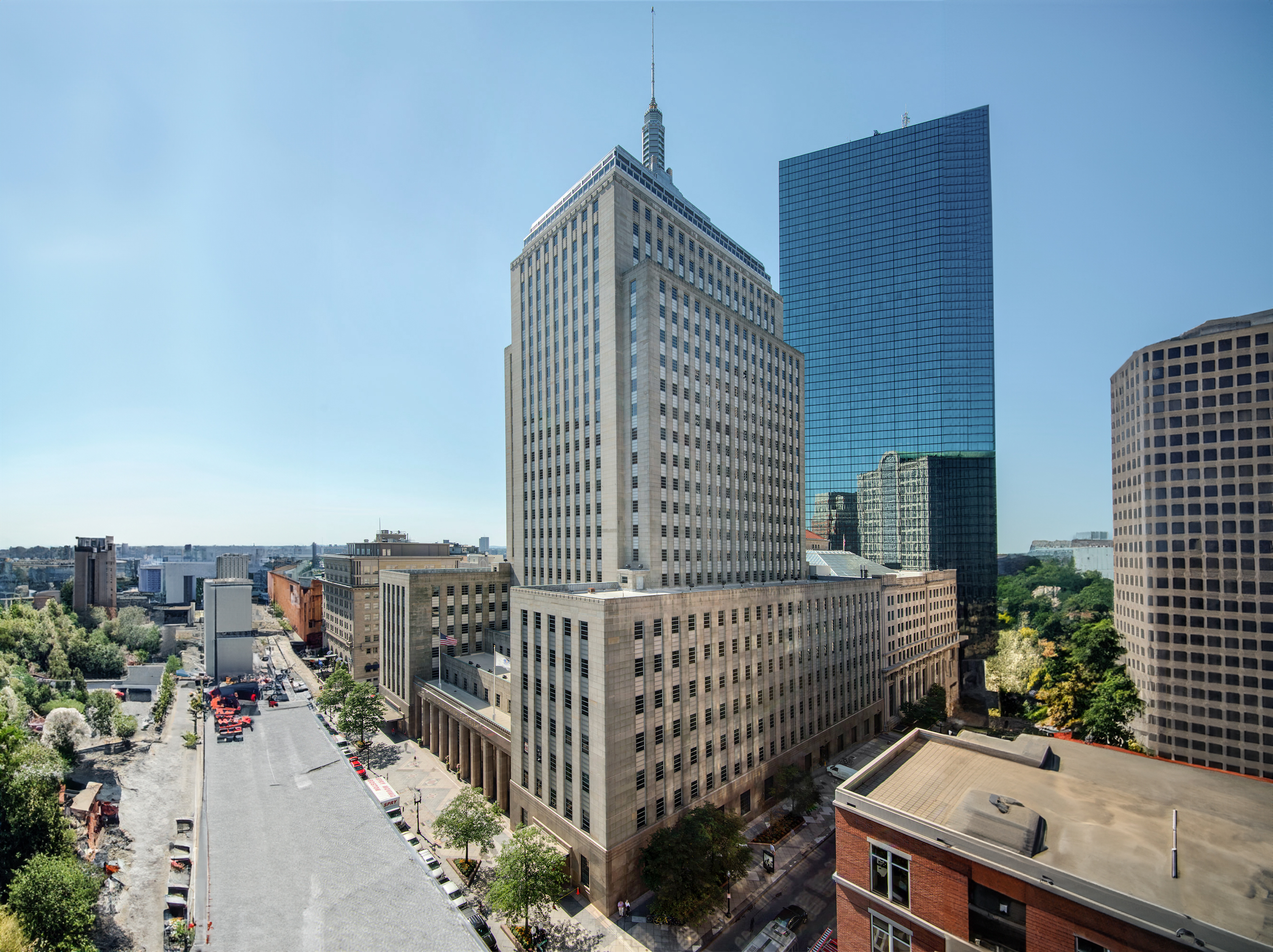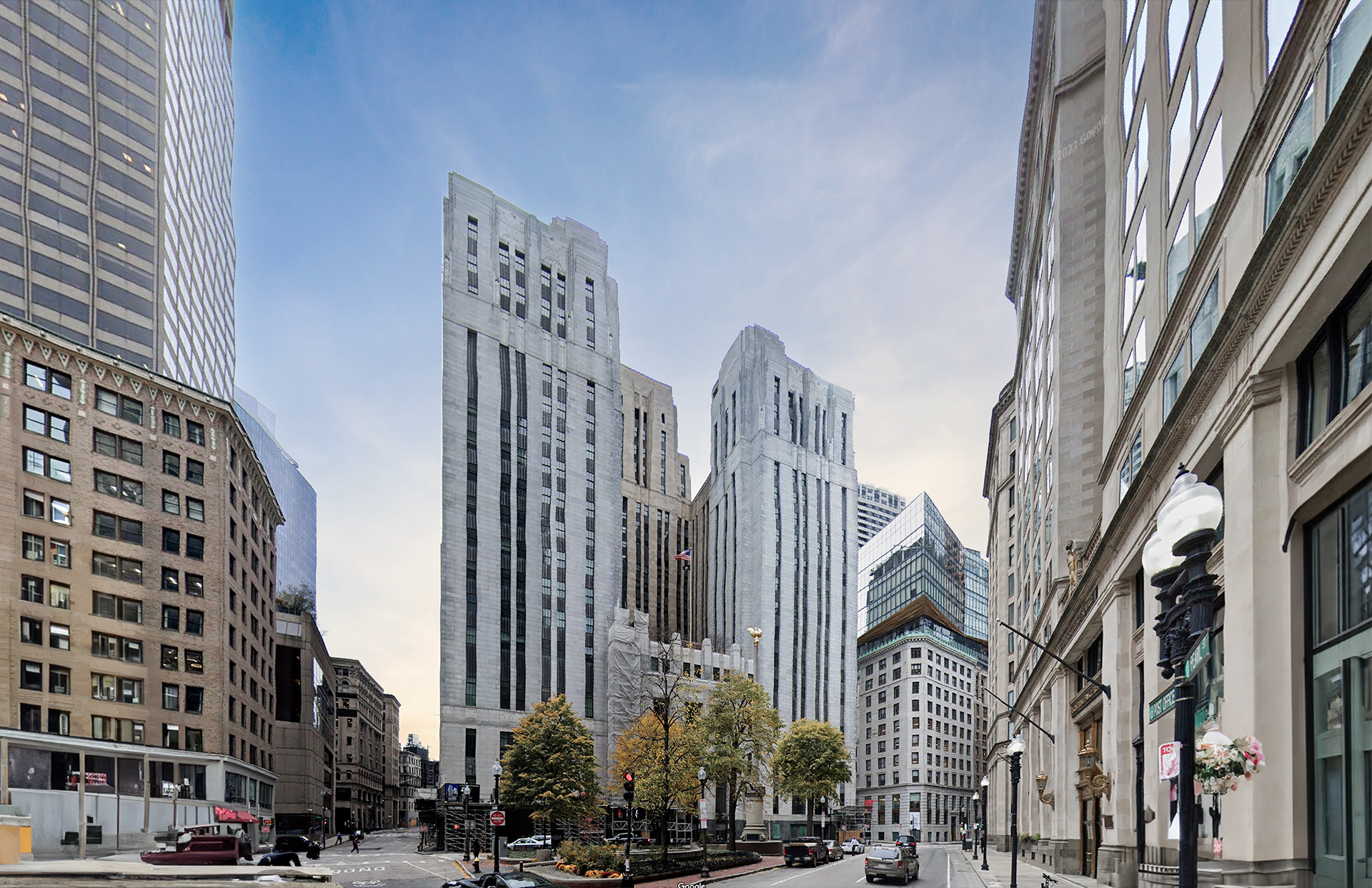The Berkeley Building is an Art-deco skyscraper designed by Cram and Ferguson, and built in 1947 in Boston, MA.
Berkeley Building is not the only name you might know this building by though. The building is, or has also been known as Old John Hancock Building.
Its precise street address is 200 Berkeley Street, Boston, MA. You can also find it on the map here.



